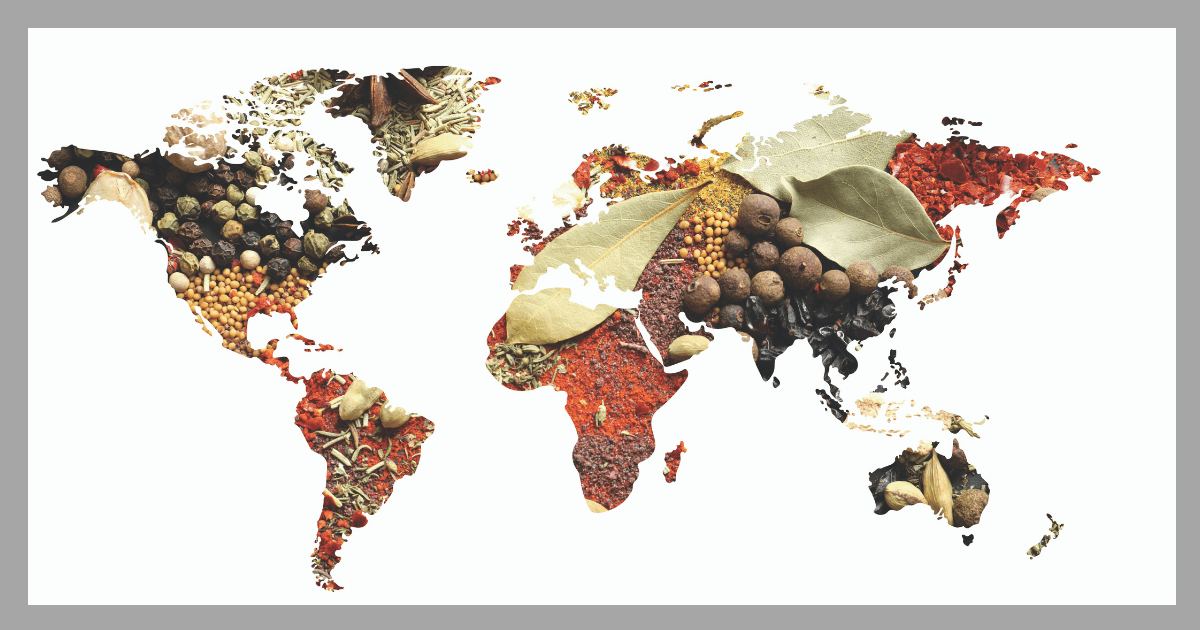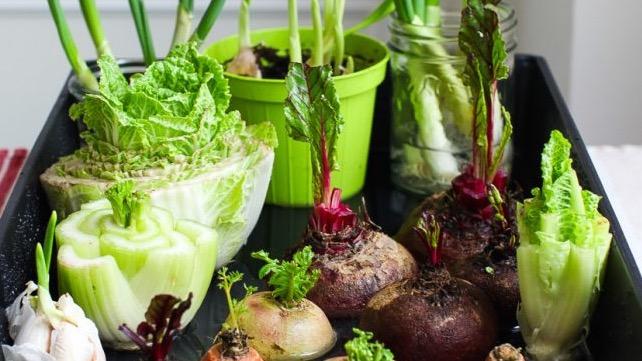Many times, trends that appear in one aspect of our lives are mirrored in another. A prime example of this is globalization—a widespread human trend that has reflected itself in the food industry. It’s no surprise that our world is becoming increasingly interconnected as people are able to move around more easily and have access to many forms of communication. The result of this has been a globalization, or international integration, of many things.
Inevitably, globalization has touched the food and culinary sphere as well: As people move, so do their culinary experiences and preferences. In this industry, it has come to be referred to as “fusebiquity,” a term coined by Datassential, a food-industry market research firm. And while the year 2020 will see many emerging trends, this one is likely to remain as a permanent fixture on the food landscape.
At The Fifteen Group, we understand the importance of following and tracking trends in the hospitality industry and understanding the driving factors behind them. Taking a deeper dive into fusebiquity will not only allow us to better understand this trend in particular, but also the nature of our society as a whole.
What Is Fusebiquity?
Fusebiquity refers to the fusion of locally ubiquitous foods with non-ubiquitous ones; essentially, it’s the globalization of food. For example, in North America, fusebiquity could be used to describe a grilled cheese sandwich that has Aleppo peppers inside, or a salad topped with nori. It’s where locally common food meets uncommon food, and a new dish emerges.
Fusebiquity describes the process of fusing cuisines together, and as consumers are becoming increasingly adventurous and seeking out new experiences, it’s no wonder that this is gaining traction. People are straying away from standard, tried-and-true menu items in favour of plant-based alternatives, functional ingredients and, now, fusebiquity.
How Can You Capitalize on Fusebiquity?
Fusebiquity probably won’t present a drastic change to your current food offerings or repertoire: It’s simply a way of experimenting with other cuisines and melding them into your own. At its core, it literally refers to putting a spin on something that is familiar and well liked. Many restaurants have already adopted this into their service, possibly without knowing the name behind the trend.
Restaurants, food service companies and home cooks can capitalize on this trend by adding something new to a favourite, ubiquitous recipe. For example, West African ingredients and spices like tamarind and moringa are predicted to trend in 2020. Adding tamarind paste into your favourite stir-fry or baked chicken recipe adds a complex sweet-and-sour taste, and an unexpected depth of flavour. Additionally, it elevates a tried-and-true recipe, introducing new tastes to the diner’s palate by using something that is totally out of the norm.
Fusebiquity can also exist simply as an uncommon topping or garnish on a dish, such as a stew or meat topped with sambal (a Sri Lankan chutney-like recipe), or roasted vegetables sprinkled with dukkah (an African spice-and-seed mixture).
What Is the Trajectory of Fusebiquity?
The funny thing is that what is considered “fusebiquitous” will be inherently dynamic; certain ingredient combinations that would have fit into this category a few years ago, for example, are now considered to be just…ubiquitous. Kimchi is a great example of this. On top of a burger or in a bowl, it added a totally new flavour to popular dishes and meals when it first became trendy in North America. But kimchi and many other fermented foods have become so widespread that they cannot be considered uncommon or scarce anymore.
For this reason, fusebiquity will see constant alterations to its definition. We can predict what will be involved in 2020, but the future beyond that is pretty foggy, as is the case with trends, culinary trends in particular.
The year 2020 will see the rise in West African cuisine, as discussed, as well as Sri Lankan and Vietnamese flavours and dishes. We can predict that we will see ingredients and recipes from these cultures—such as lemon grass, okra, egusi seeds, moringa and more—incorporated into fusebiquitous meals next year.
Fusebiquity can also refer to a fusion of cooking methods, as well as ingredients. Wood-fired, or open-flame, cooking has seen increased popularity in the past couple of years, in restaurants and dining experiences. This method of cooking itself is a fusion of cuisines and cultures.
Whether we realize it or not, our world is becoming increasingly intertwined and the culinary industry has seen many effects of this change. Cuisines have inevitably become infiltrated with foreign flavours, even if you are not actively seeking out new, rare ingredients. Seeing the fusion of vastly differing cultures through food is both a fascinating and a delicious experience. In my opinion, it’s a trend worth following.

David Hopkins is a restaurant financial expert with more than 30 years in the hospitality
industry. He is specialized in menu engineering and systems and procedures to increase restaurant profitability. In 2001, David Hopkins launched a consulting firm dedicated to maximizing restaurant profits through effective sales generation and disciplined cost control management. Over the last sixteen years, The Fifteen Group has grown to be Canada’s number one hospitality consulting company, with offices located in Toronto and Vancouver supporting clients from owner operated establishments to multi-unit restaurant corporations. David has recruited industry leaders to assemble teams of Consultants, Executive Chefs, and specialized restaurant Accountants who have supported more than 950 restaurants.











